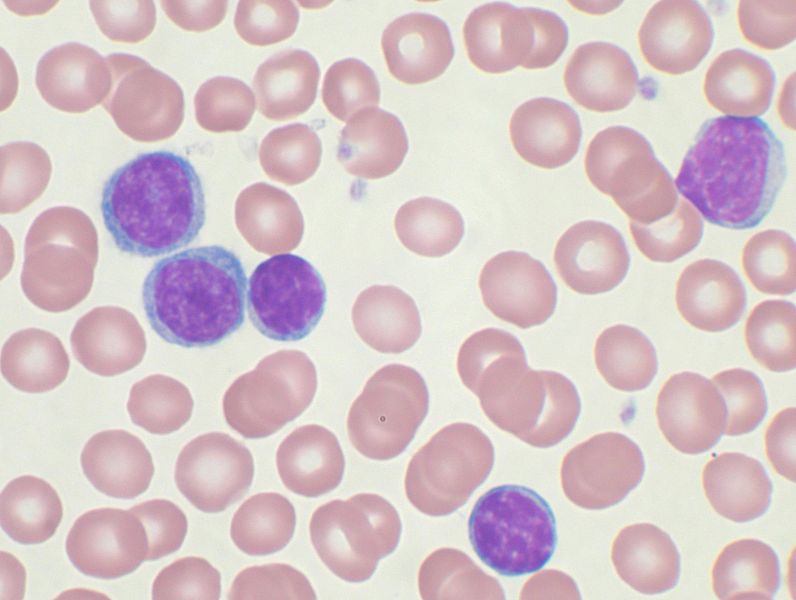Forensics 101: A Primer on Blood
/
I’m recently back from the final Bloody Words crime writer’s conference, so, over the next few weeks, I’m going to share some of the fascinating information I learned at some of the panels I attended. This is the third time I’ve attended this conference, and while they always excelled at having lots of sessions pertaining to writing, they also had multiple sessions on forensics and procedure, taught by in-the-field professionals.
The first session of the conference was forensic hematology, presented by Margo French, a medical lab technologist. Margot has worked in the field of hematology (the study of blood, its cells and organs and blood-oriented diseases) for decades. She has been called as a trial witness on many occasions, so she’s familiar with lab techniques in criminal investigations.
Blood basics:
Blood can be broken down into two components—liquid and cellular. The liquid component, the plasma, makes up 55% of the total blood volume, with the combined cells making up the remaining 45%.
Red blood cells (RBC):
- RBCs are the overwhelming cellular component in blood, making up about 60% of the total cellular volume. A single drop of blood has approximately 3.4 million RBCs.
- RBCs are the only cells in the body that are non-nucleated (have no DNA in the form of chromosomes). Cells develop in the bone marrow and start off having nuclei, but when they leave the marrow 7 days later, they are non-nucleated. Nucleated RBCs in the blood stream are destroyed by the spleen.
- RBCs live for approximately 120 days.
- The main purpose of RBCs is to carry oxygen to the tissues and carbon dioxide from the tissue. To accomplish this task, RBCs contain hemoglobin to bind the compounds for transfer within the body.
- The key to gas transport is the iron ions that are an integral part of the hemoglobin molecule. The iron you’re born with can stay with you for life, and is constantly recycled during your lifetime. When RBCs are destroyed, a type of white blood cell called a macrophage uptakes the iron and transports it back to the storage pool for reuse.
White blood cells (WBC):
- WBCs make up approximately 20% of the total cellular volume. A single drop of blood normally contains between 3,500 and 8,000 WBCs.
- The WBC complement is part of the human immune system and is made up of lymphocytes (including natural killer cells, T cells and B cells), basophils and eosinophils.
- WBCs vary in size based on cell type, but are generally about twice the size of a RBC.
- The life span of different WBCs also vary, but lymphocytes can live for years. Lymphocytes are the cells that recognize specific pathogens and, in the presence of a pathogen, will signal and then mount an immune response against it.
Platelets:
- Platelets are not intact cells. They are actually tiny pieces of cytoplasm from bone marrow cells called megakaryocytes.
- Platelets are approximately 1/4 the size of a RBC and 1/8 the size of a WBC.
- Platelets make up approximately 20% of the total cellular volume. Because of their size, a single drop of blood contains 150 – 400 million platelets.
- Platelets work with coagulation factors to stop bleeding. When the skin is cut, RBCs rushing to the site form a mesh. Platelets arrive at the site, swell, and become sticky. They then enter the mesh, filling the holes and creating a solid barrier, stopping the outward flow of blood.
Plasma:
- Composed of 95% water, plasma also contains proteins, clotting factors, hormones, electrolytes and glucose.
- Its main function is as the medium that holds the blood cells in suspension, and allows the flow and transport of cells, nutrients, and waste products around the body.
Some interesting facts about blood in criminal investigations:
- While thought to be a modern investigative tool, the chemical locator ‘Luminol’ dates back to 1901.
- The first time blood analysis was used as part of an investigation was in 1937.
- Blood and fingerprinting used to be an investigator’s primary identification tools. But both techniques have been eclipsed in recent years by DNA, as this is the only technique which can completely exclude a suspect (all other tests have a certain percentage of false negatives).
- Information carried in the blood can denote blood type to include or exclude suspect. DNA obtained from white blood cells can be used for definitive identification.
- The difference between many species and human blood is not easily discernable, so serology—the study of human plasma—is used to identify human blood.
- Blood is also used for chemical testing, i.e. blood alcohol and bloody glucose analysis.
- While not covered in this blog post, blood at a crime scene can indicate the mechanics of the crime, i.e. bloody carrying or spatter.
Next week, we’re going to look at fingerprinting techniques, especially when investigators are faced with latent (invisible) prints.



 COMPLETE!
COMPLETE! Planning
Planning